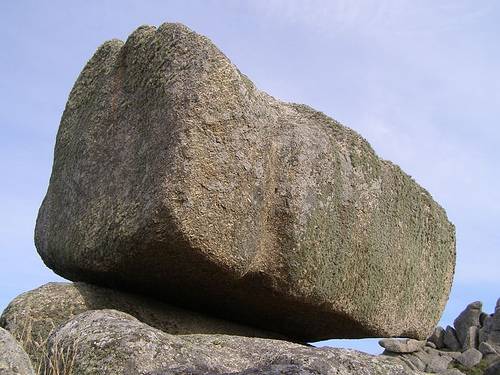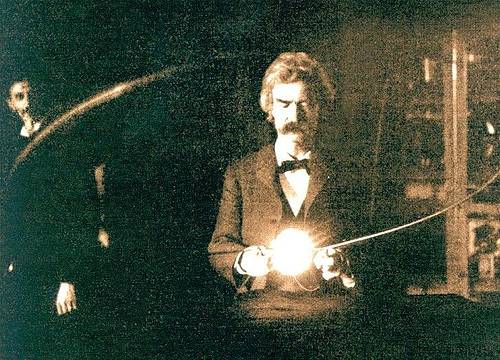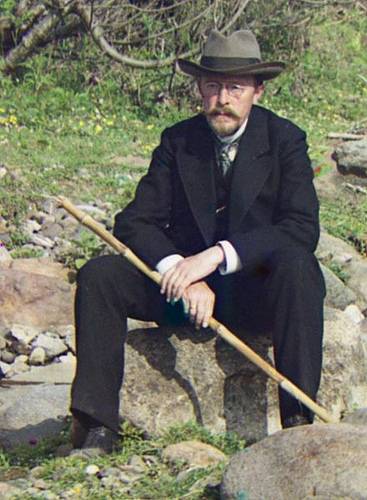Those Australians. In August 1872, the people of Gayndah Station, North Queensland, cooked a special dish for Carl Staiger, director of the Brisbane Museum — a bizarre fish unlike any he’d ever seen. Excited, Staiger sent a sketch and a description to expert François Louis de la Porte, who dubbed it a new species in 1879.
Well, it was certainly new. The creature had been assembled from the body of a mullet, the tail of an eel and the head of a platypus or needlefish. The hoax was soon exposed — but Ompax spatuloides could still be found on some lists of Australian fishes as late as the 1930s.





